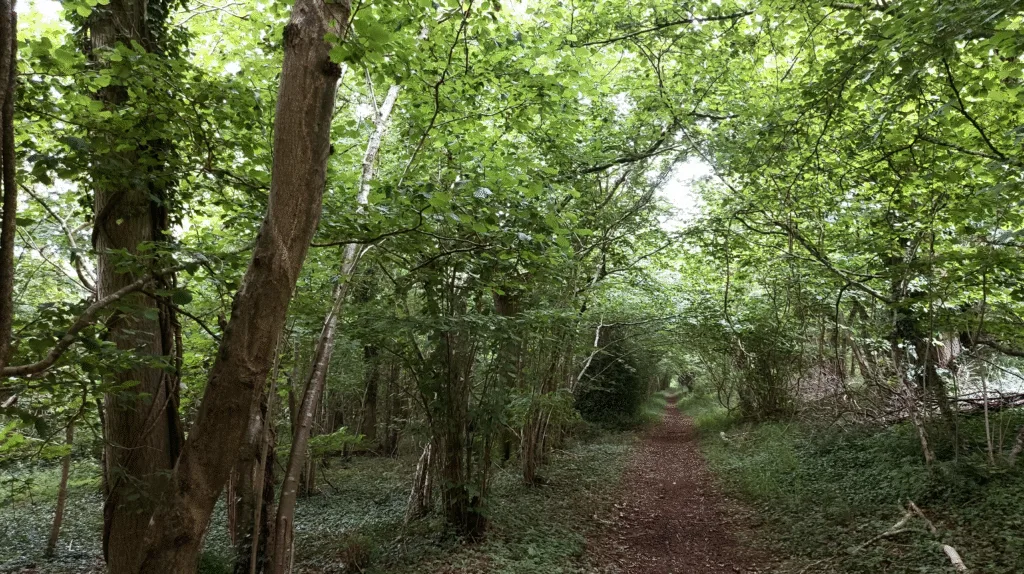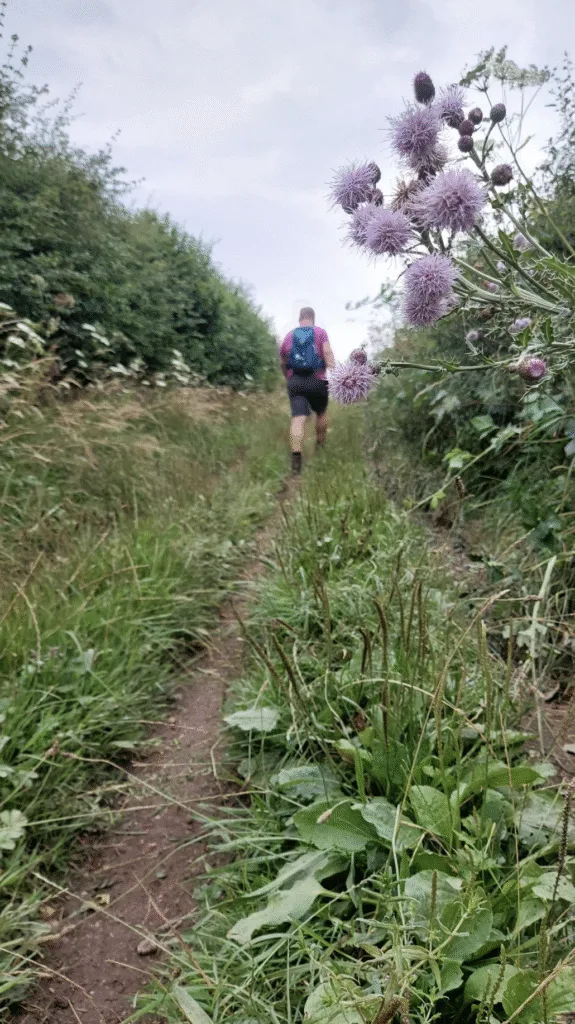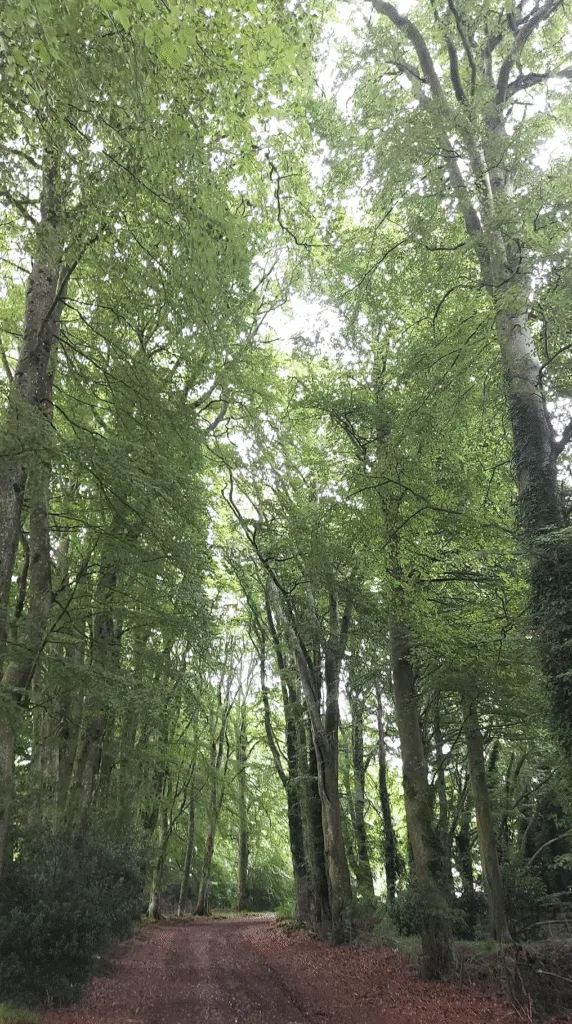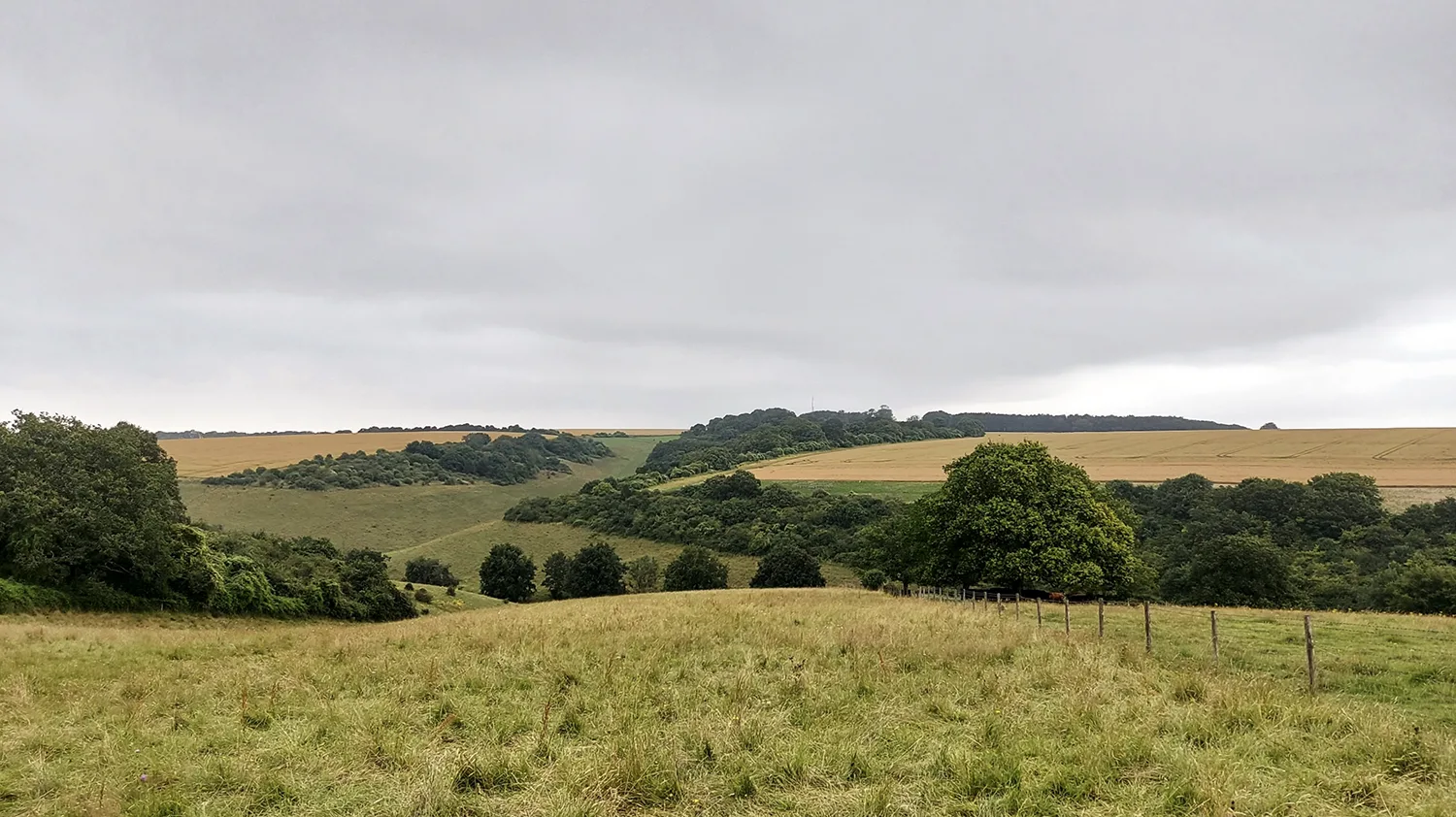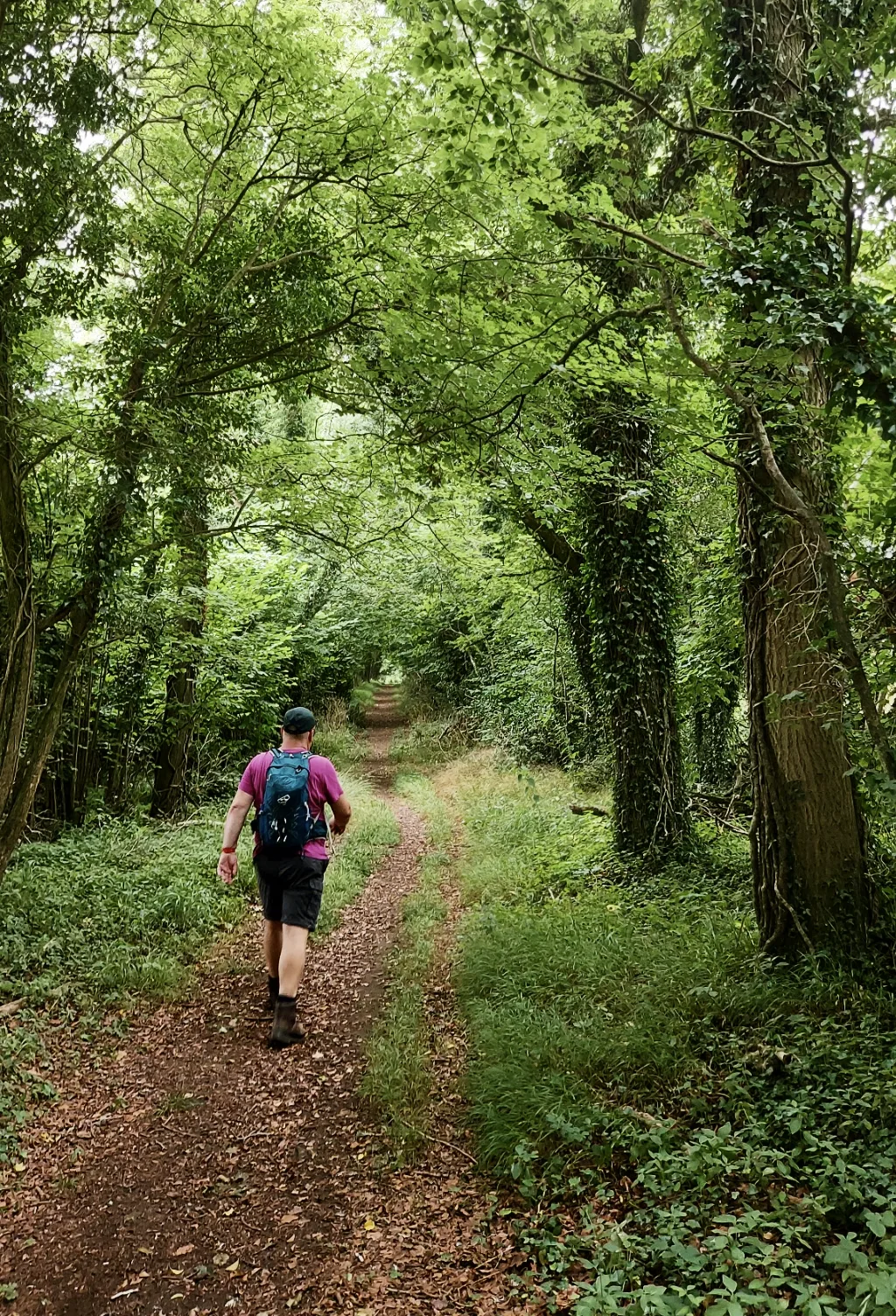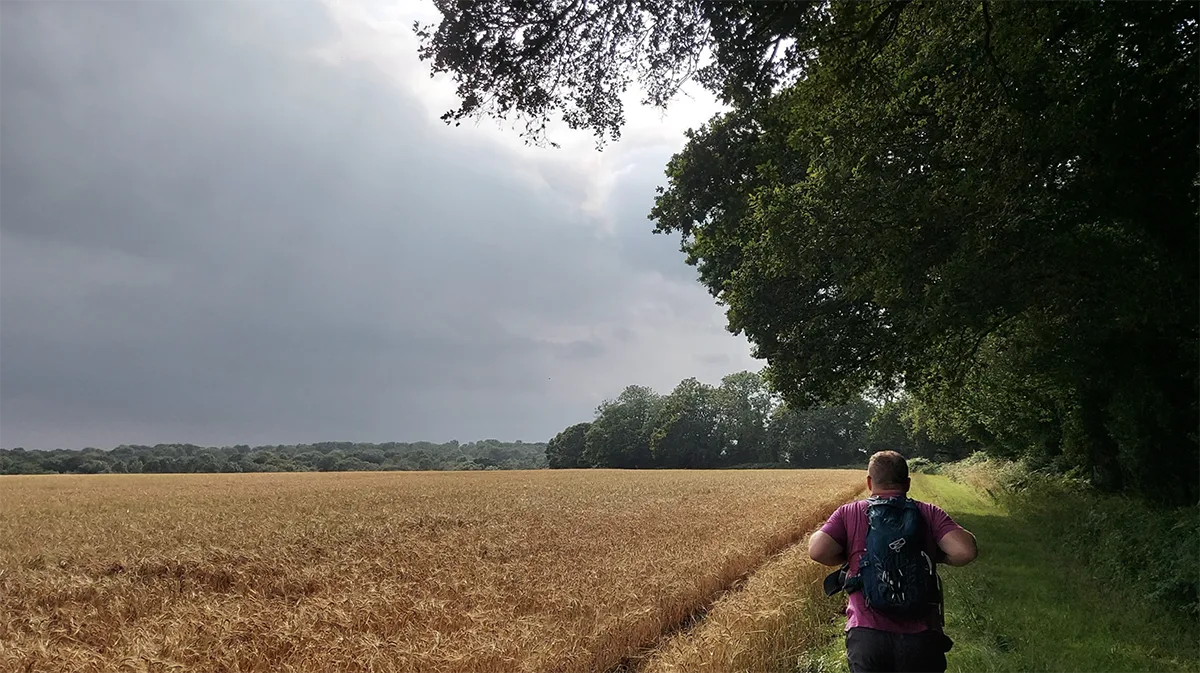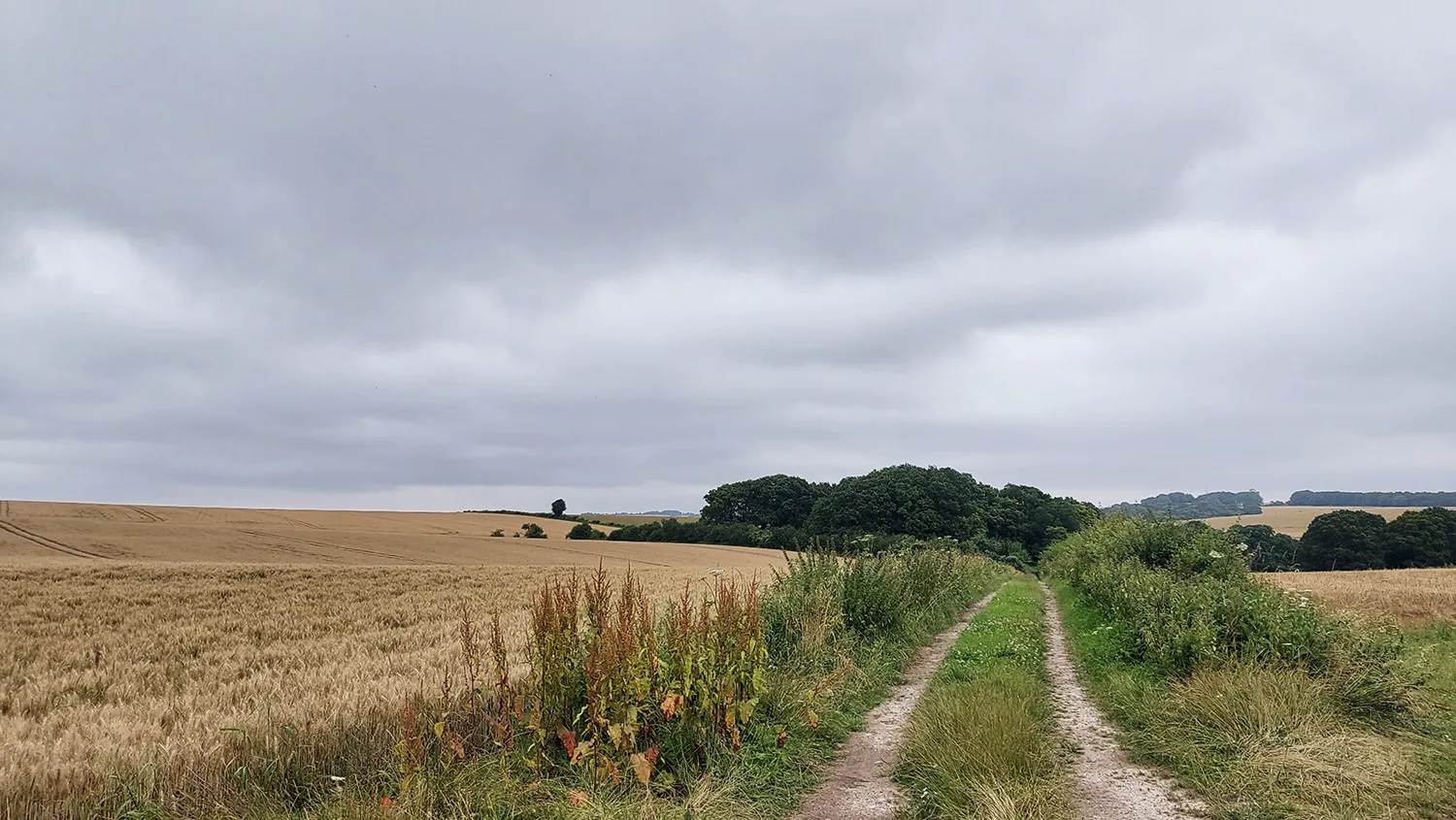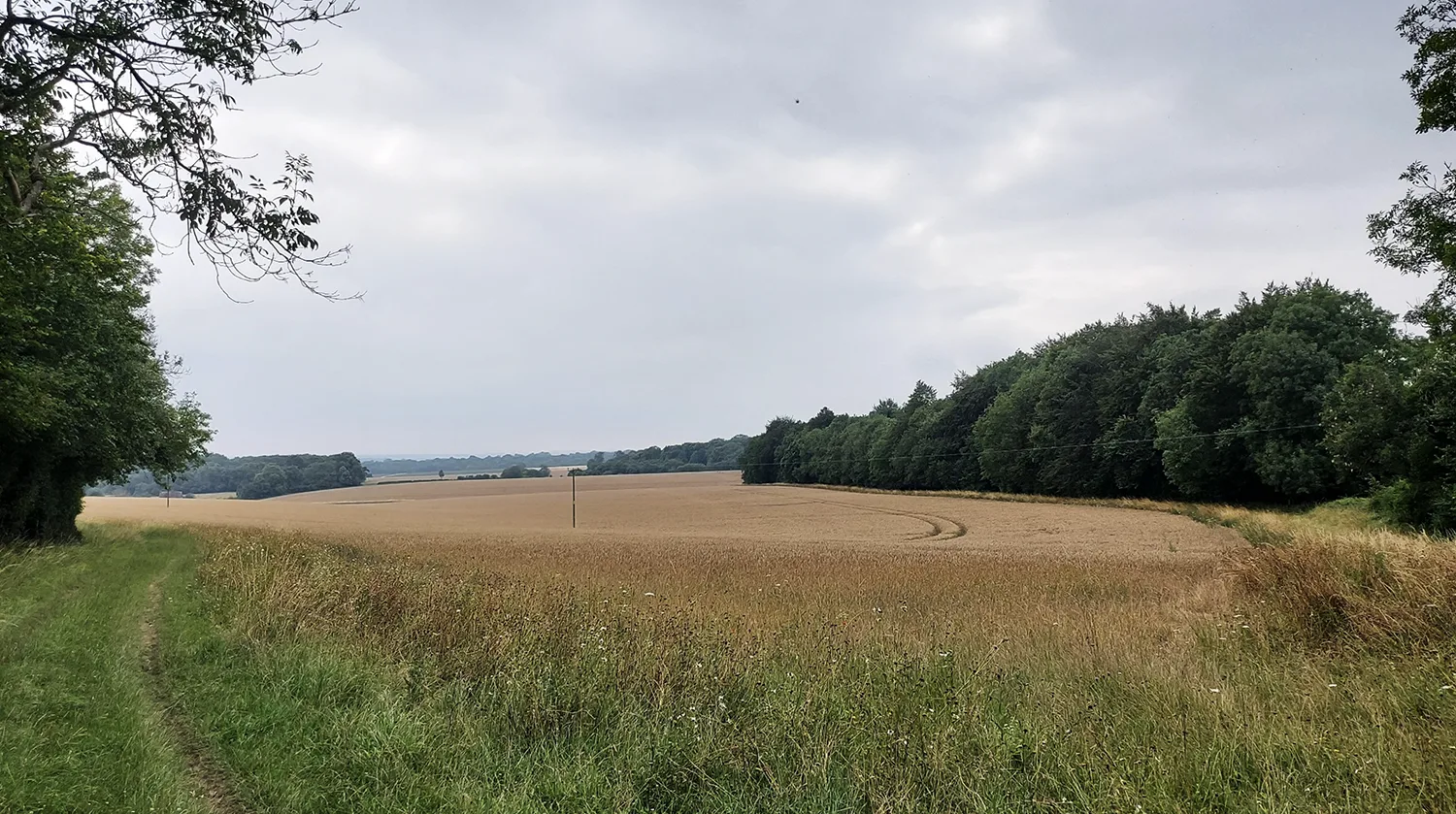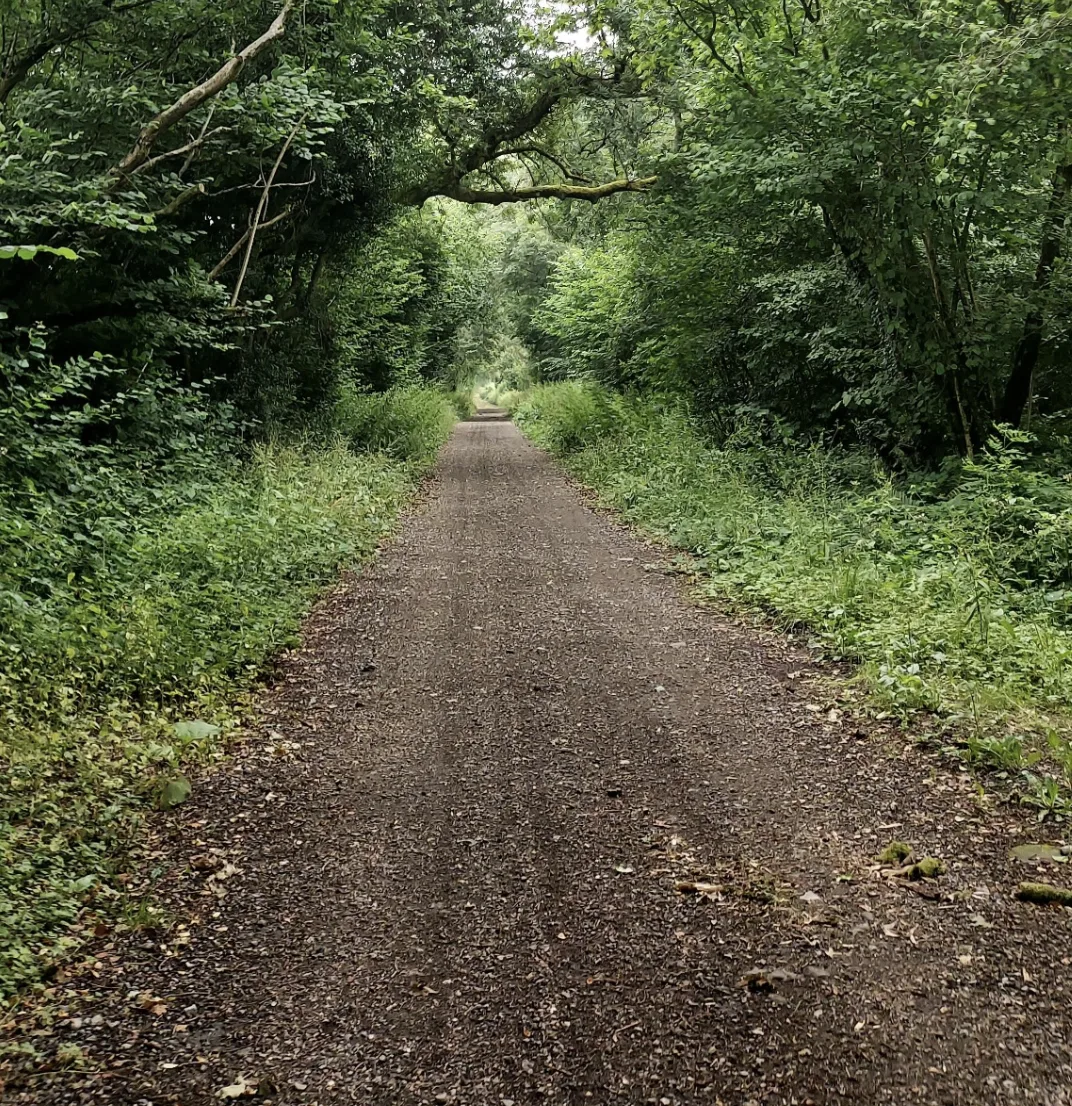What’s your favourite brand promise? ’No tears’, ‘melts in your mouth, not in your hand’ and ‘gives you wings’ are pretty synonymous with some of the biggest companies across the world due to their exceptional marketing campaigns. What most people don’t know is that the single greatest marketing campaign has been sold to a proportion of farmers across the globe and that is that “alpacas keep foxes away”.
I do not know which creative salesman concocted this notion, but they frankly are a genius. What do you do once you’ve sold all the ice to the Eskimos? You flog big sheep with gangly legs to farmers – obviously!

Honestly, I really don’t mean to defame the whole alpaca population, but I have an adverse relationship with Pepper our farm walking waste of space. We seemingly have a constant issue with foxes attacking our flock of hens at Westleaze Farm and I really think Pepper ought to care a little more.
When we do catch a glimpse of the local fox circling round the range looking for his next meal, Pepper is too busy gazing over the fence line bleating at the cows and heifers. Why does he love a cow? I have no idea, but he seems pretty capable at chasing off Bill, our pedigree bull, weighing in at nearly a tonne.
Realistically, we only have ourselves to blame. When Pepper first came to the farm, he had a partner in crime, called salt (no prizes for guessing that!). After Salt’s death a few years later we allowed the big brown ball to mingle with the cattle… a big mistake! Now, he’s got an issue that needs counselling – he looks like a uni student trawling around a nightclub at 3am.

Despite all of this, Pepper’s worst trait is that he is pure evil. Despite his gammy green teeth, he does look quite cute from afar, but he’s really like your old Aunt Belinda, enticing you over with her Werther’s Originals, so she can smack you with a spoon as soon as you are close enough!
Every summer we have the dreaded process of shearing. It’s not worth paying someone to shear one alpaca so we opt to do him ourselves… It is a violent and brutal affair. One visit from a vet and they would probably advise sedating him to do it. Like a drunk hovering around the bar at a Wetherspoons, you get too close and you are going to get covered in spit!
We only do it so he is cooler in the summer and so he’s got his best hairdo to woo the grazing girls out across the Downs, but he doesn’t half scream and spit throughout; technically it’s incorrect to call it spit cause it is actually vomit – but I try not to think too much about that.
Recently, I have heard rumours that it’s actually burglars and not foxes that the alpaca keeps away. So, if anyone wants a little more protection around their house, I know of a particularly violent alpaca going FOR FREE to absolutely anyone who will take him.
By: Andrew Livingston
Sponsored by: Trethowans












